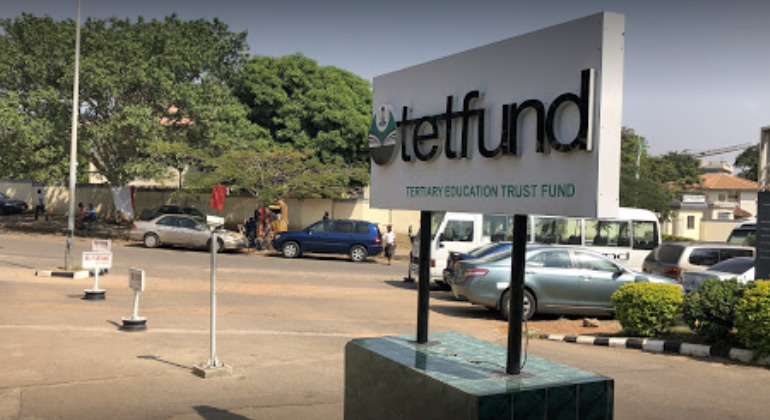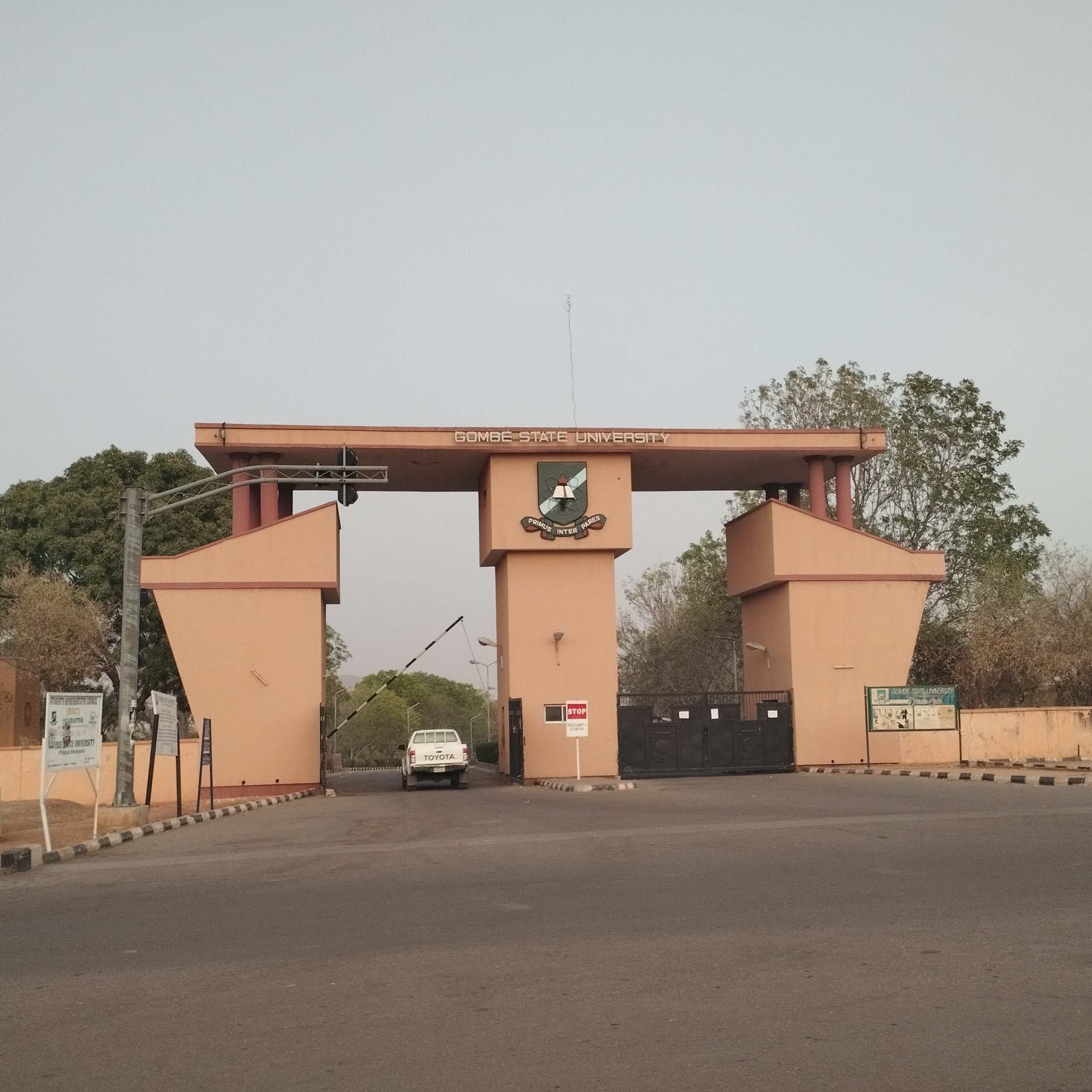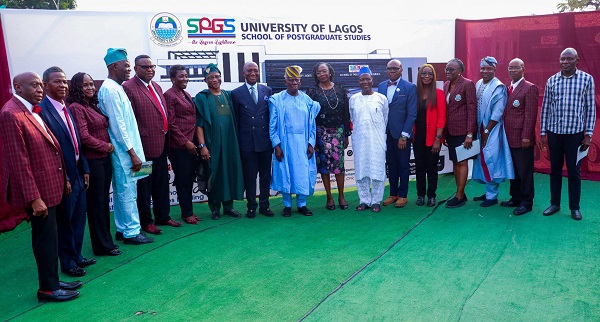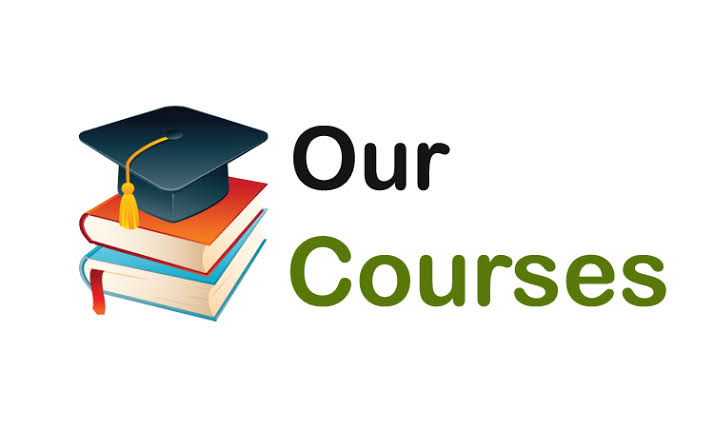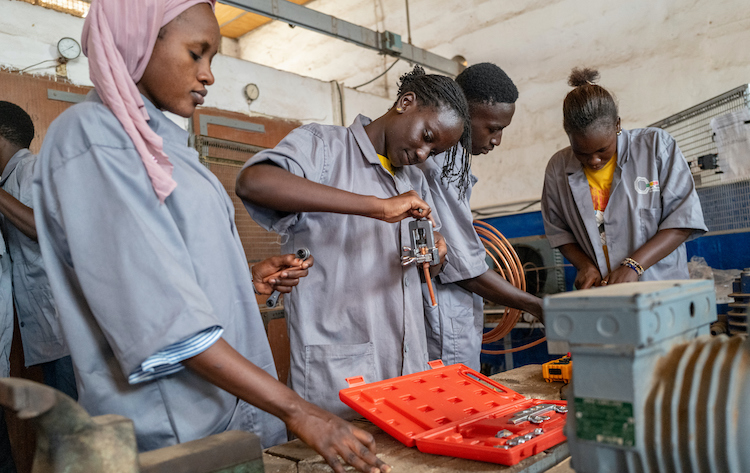Low-lower and middle-income countries are experiencing a significant financial deficit and need $97 billion per year to achieve their national Sustainable Development Goals Four (SDG4) education targets for 2030. This is according to a new paper released Friday, April 14 by the Global Education Monitoring Report at UNESCO.

The paper entitled “Can countries afford their national SDG4 Benchmarks?” was presented Thursday at a high-level panel meeting of ministers of education and finance, as part of the World Bank/IMF Spring Meetings in Washington D.C, United States. The event focused on policy reforms to increase education spending while ensuring maximum efficiency of the money spent.
Key points
- Sub-Saharan Africa accounts for the largest financing gap in the world at $70 billion per year, with 20 per cent of primary school-age children and almost 60 per cent of upper secondary school-age youth, not in school
- There is a stagnation of aid in donor countries’ budgets and education is receiving a falling share of what aid is available.
- Around a third of the financing gap (28%) could be filled if donors fulfilled their aid commitments and prioritised basic education in the poorest countries
- Countries need to increase investment in teachers to reach their SDG4 education targets. In low-income countries, the number of pre-primary educators needs to triple, while lower-middle-income countries must invest in doubling the number of pre-primary educators. Additionally, the number of primary school teachers will need to increase by nearly 50 per cent in low-income countries
- While the full impact of COVID-19 pandemic disruptions remain unknown, the costs also include making up for massive learning losses that exacerbated the pre-existing learning crisis. Only half of children and adolescents are now prepared for the future having completed their education and with minimum proficiency in reading
The paper calls for an urgent review of education financing toward achieving its national benchmarks for SDG4.
“If all low-and-lower-middle-income countries achieved their national targets, then the participation rate one year before entry into primary school would increase from 71% in 2020 to 85% in 2030. Likewise, during the same period, if all these countries were to achieve their national targets, the out-of-school rate should fall from 12% to 5% among children of primary school age, from 21% to 11% among adolescents of lower secondary school age, and from 44% to 26% among youth of upper secondary school age”, the paper read.
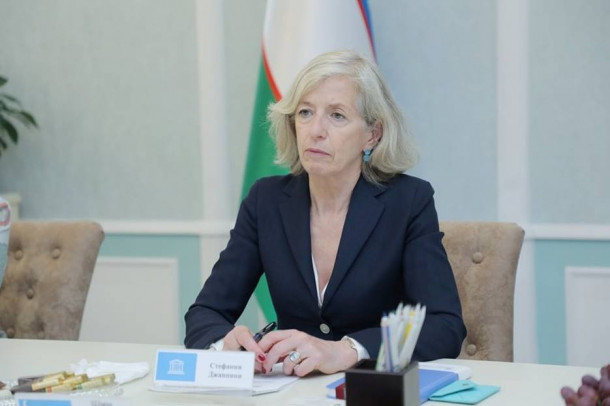
Meanwhile, the Assistant Director General for Education at UNESCO, Stefania Giannini has said that “greater investments in education will only happen if we engage with fiscal realities in countries.”
Giannini stated this while speaking to ministers assembled at the side event.
She urged the country leaders to maximise the return on investment for every dollar spent to enable access to quality education.
“We must maximise the return on investment for every dollar spent to equip all learners with the knowledge, skills and values they need for the rapidly changing world”, she said.





